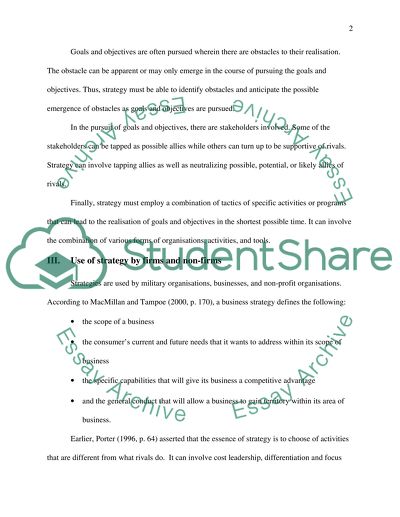Cite this document
(“Outline and assess the different uses of strategy Essay”, n.d.)
Retrieved from https://studentshare.org/environmental-studies/1405203-outline-and-assess-the-different-uses-of-strategy
Retrieved from https://studentshare.org/environmental-studies/1405203-outline-and-assess-the-different-uses-of-strategy
(Outline and Assess the Different Uses of Strategy Essay)
https://studentshare.org/environmental-studies/1405203-outline-and-assess-the-different-uses-of-strategy.
https://studentshare.org/environmental-studies/1405203-outline-and-assess-the-different-uses-of-strategy.
“Outline and Assess the Different Uses of Strategy Essay”, n.d. https://studentshare.org/environmental-studies/1405203-outline-and-assess-the-different-uses-of-strategy.


